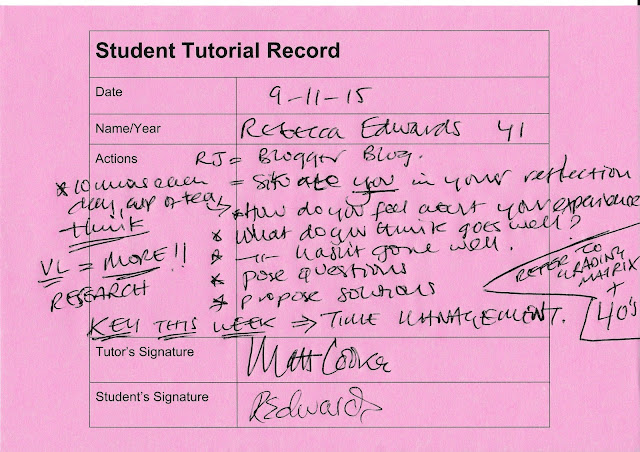In this essay I am going to talk about how the Inside/Out// 1994 text by
Abigail Solomon-Godeau, Influenced my Ideas. As well as what and how my
contextual understanding has informed my practice.
To start off with we were given the text “Inside/ out// 1994” by Abigail
Solomon-Godeau to read and make notes on. At first it confused me and took
several readings over to fully understand and comprehend, after reading the
text I found It was all about how different photographers present themselves,
whether that is as an insider to the photograph they are taking or whether they
are an outsider to the photograph they are taking.
The Inside/ out// text influenced me to take on the role of the
outsider. I wanted to be seen as the outsider to the photograph, not knowing
who the subjects in the pictures were.
Bearing this in mind, for my first shoot I went out into the local
streets around where I live on a busy Saturday afternoon and shot trying to
freeze movement in the frame. This paints me as the photographer as an outsider
because I do not know the people in the shots, I don’t know their story, I am
an outsider to their lives. I got this idea from a photographer called Vicky
Roy, who photographed what he knew, this was the streets he grew up on in
India, Homeless children and just general street scenes. Also photographers
like Henri Cartier-Bression inspired this shoot because of his dramatic black
and white street scenes, it made me feel inspired and wanted to try and
recreate this in my own work. For my
second shoot I decided to further this idea going out into my local market
square and taking long exposures of people however it was a rainy Monday so
there were not too many people around to create the blurred movement affect I
wanted to achieve. This adds to the idea of me as an outsider because you
cannot see who the people in the images are which reinforces the fact as the
photographer I have no connection to the subject.
I got the idea for using long
exposure to create blur within the images from Martin Roemers who took long
exposure images in big bustling cities to show how hectic a place can be. I
have also had experience with creating movement in images in the past. Like in
my summer project I used long exposure in grand central station which started
as a “holiday snap” but just thought
that it would make a good photo seeing all the tourists standing still mixing
with the blur of the native New Yorkers in a hurry to get one place or the
other.
For my last shoot I decided to go into Cambridge to further perfect the
idea of long exposure blurred movement in different locations. I used two
different locations, spending time in each one figuring out which settings my
camera needed to be on, I sat with my finger on the button and clicking away
until I thought I had got a good selection of pictures to choose from, then
moved on to the next spot and repeated the same actions. Frank Machalowski inspired me to use more
people in this shoot than the first long exposure shoot with his project
“monster” he created a blurred sea of people within his images that looks
really affective and helps to draw your eye around the images. Machalowskis images are visually striking and
some images such as the ones in his work from the project “multiexpo100” resemble work by Idris Khan called “every Bernd and Hilla Becher”. Which I
also tried unsuccessfully to recreate in one of my shoots, this ended up creating
a more Martin Par like light trail instead of the intended effect.
To conclude I took on the work of other photographers and
tried to recreate it in my own work using my own surrounding, this was using
what I had around me to my own advantage, as I know the area well and I know
which areas should be the busiest. I drew influence from the Inside/out//1994
text to try and represent myself as an outsider much like some of the
photographers mentioned in the text.
In doing this I found that I could never fully be an
outsider to what I was photographing because I was using locations that I have
grown up around and know very well, making me an insider to the locations of my
shoots. However, I am also an outsider because I do not know the people in the
shoots, their background or where they come from just as they do not know my
story. Thus meaning there is no connection between the photographer (me) and
the subject.




